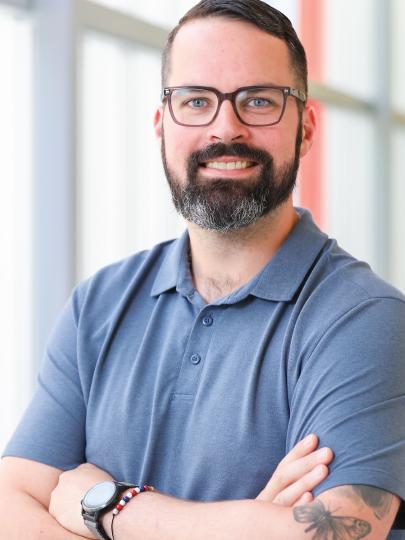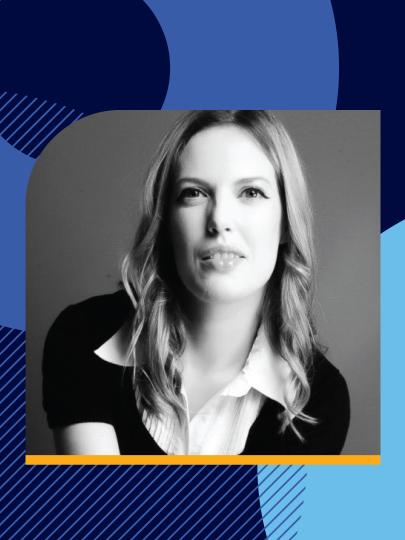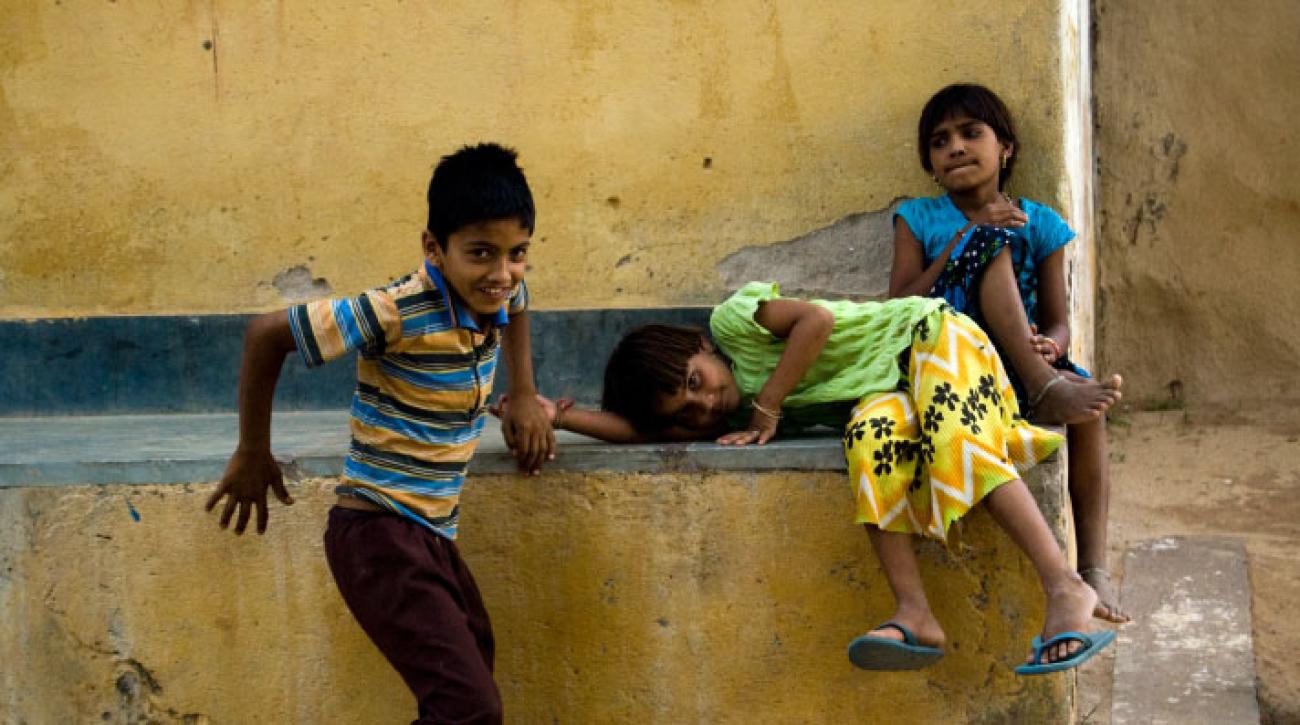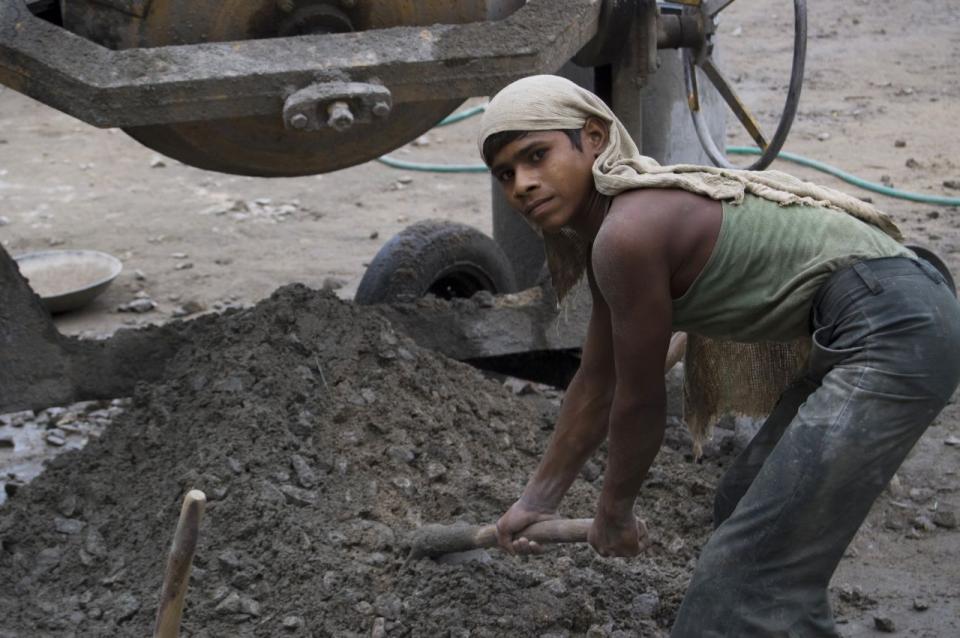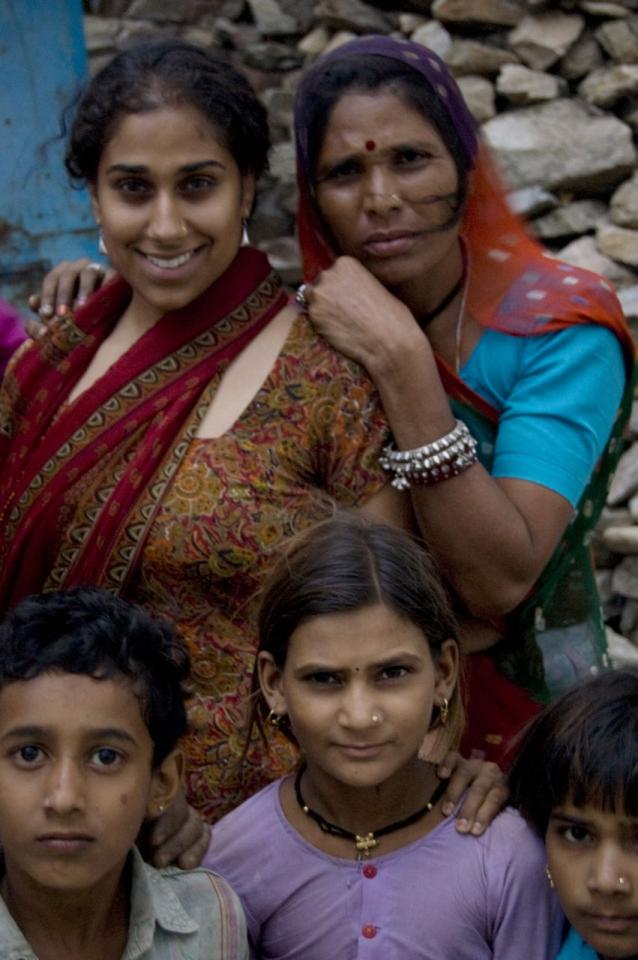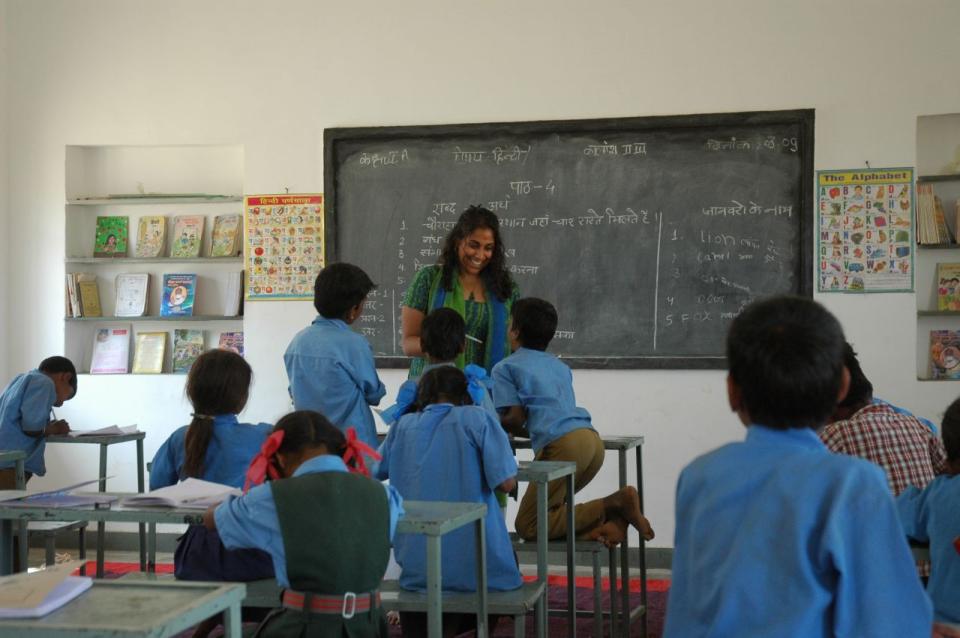Freedom Fighter
Holding her infant son in her arms last June, Shobha Sharma decided to name him Samanyu Azad – a name that honours the development work in rural India she has poured her soul into for close to 10 years.
“Azad means freedom. I named my son after a child labourer I met there,” says Sharma, who was deeply affected by the grim life the 11‑year‑old was leading. “Azad played the dhol drum at wedding processions, travelling to different communities without his family. I realized that children were employed here for several reasons: they’re paid less, they don’t have the freedom to speak out against this injustice and therefore they’re more vulnerable and less of a security risk to their employers.”
Azad’s situation is not unique. In Udaipur, India, where 34 per cent of the population lives on less than $1 a day, Sharma discovered that more than 60 million child workers – some as young as six – populate the region’s work sites. Nearly half of them are illiterate. Her career is dedicated to helping such children gain access to an education – like the one her son can count on – and tackling the incapacitating poverty that meant they were denied one in the first place.
A few months before she gave birth, Sharma shared her experiences in India as a speaker at UBC’s annual Student Leadership Conference. It wasn’t her first time at the event. Back in 2003, about to graduate, she attended as an audience member, and the speaker’s presentation permanently altered the course of her carefully planned life.
“I had intended to go to law school,” says Sharma, “but when I heard Free the Children founder Craig Kielburger speak, it changed everything.”
Kielberger’s message about how young people can become agents of change resonated with Sharma, who had been becoming increasingly disturbed by the marginalization of indigenous populations in North America. Right after graduation, she began a two‑year stint at Free The Children’s Toronto office.
“People thought that I was in a ‘saving the world’ stage, but within my first year, I was promoted to director of communications,” says Sharma, who later decided to pursue a master’s degree in Indigenous Governance at the University of Victoria. She was especially interested in education reform, and spent six months in Ladakh in the Himalayan foothills to complete fieldwork towards her thesis, Regenerating Indigenous Governance through Education in Ladakh.
“If you have the opportunity to provide support to individuals or a community, go when you have the least to gain,” she says. “I was in Ladakh – 14,000 feet above sea level – in the middle of the winter, where temperatures [that go down to] minus 50 keep all the tourists away. It gave me an opportunity to understand the hardships and work with the community towards real solutions.”
Living in a 6 x 6 solar‑powered room built into the mountain, Sharma didn’t just understand the hardships, she lived them. “Working in Ladakh was the most powerful experience of my life,” she says. “My role was to empower Ladakhi youth by helping them gain skills so they could become community leaders. I used Free The Children materials to teach solution‑oriented thinking and action planning. In that part of Asia, there’s not a lot of innovation in education; the kids aren’t allowed to think for themselves.”
Within days of Sharma’s return home, Free The Children tapped her to launch its new centre in Udaipur. As Projects and Programs country director of India, Sharma trained a team of locals, many of whom were skeptical of her work.
“It took a long time to build trust, she says. “While I was busy doing needs assessments, they were doing character references, because here was this random girl who came into their community asking a thousand questions.” Sharma knew that trust had to be established before the work could begin. “I’ll never forget the day I got permission to build a school,” she says. “When I went into the community with a contractor, the elders walked me up to the school grounds, as if saying to the people ‘we support her.’ That was incredible.”
Sharma managed a team of 25 and worked 16‑hour days. She led donor relations, built relationships with government and local community leaders, and oversaw rural construction. With temperatures hovering at 40 degrees, Sharma followed the villagers’ schedule. “I’d get up at three in the morning to go into the field, and sit against a tree with a cup of tea to cool down,” she says. “The sun was so intense that I’d throw up if I ate in the middle of the day, so I often wouldn’t eat. Every summer for the first three years I was there, I’d get severely dehydrated, so I’d have to go to the city hospital for a saline drip.”
Although Udaipur is one of the most sought‑after tourist destinations in the world, it is surrounded by poverty. Sharma, who speaks Hindi, Punjabi and Mewari, the local dialect in Udaipur, helped create alternative income generation projects for the villagers. By connecting them directly to the market and introducing new technology that added value to their crops, Sharma’s team helped provide income to parents so they’d have the economic freedom to send their children to school. Running awareness campaigns about child labour diverted many kids into Free The Children’s government‑supported schools, including the one in Lai Community of which Sharma is most proud.
“When we initially got here, we found a mud hut that was being used as a local pub by night and a school by day,” she recalls. “Working with the community, we built a five‑room primary school. The community pushed for strong educators, and now there are five teachers there. It went from 10 to 170 students, 60 per cent of whom are girls.”
Sharma met her husband, Sagar, in Udaipur and planned to return to India shortly after giving birth. But three days after Samanyu was born she suffered a life‑threatening stroke due to blood clots in her brain, which brought her plans to a screeching halt.
“Luckily I came out alive and not paralyzed, but I had to stay in Canada to be closely monitored by doctors before receiving clearance to fly,” she says. In early May, Sharma finally brought her new family to visit her Udaipur family. “The elders were meeting and they all stood up and came over to greet me, which was amazing,” she says.
Sharma hopes to join Free The Children’s Honorary Board of Advisors and eventually return to India full‑time. “My husband and I want Samanyu to be exposed to poverty so that he can make socially conscious decisions in his own life,” she says. “There’s a Ladakhi proverb – ‘Lamae Lam Stanchin’ – that means ‘paths will lead to more paths.’ I believe you will always succeed if you do what you’re most passionate about.”
Child Labour
Millions of children work to help their families in ways that are neither harmful nor exploitative. However, UNICEF estimates that around 150 million children aged 5‑14 in developing countries, about 16 per cent of all children in this age group, are involved in child labour. International Labour Organization estimates that throughout the world, around 215 million children under 18 work, many full‑time. In Sub-Saharan Africa 1 in 4 children aged 5‑17 work, compared to 1 in 8 in Asia Pacific and 1 in 10 in Latin America.
Although aggregate numbers suggest that more boys than girls are involved in child labour, many of the types of work girls are involved in are invisible. It is estimated that roughly 90 per cent of children involved in domestic labour are girls. Even though the prevalence of child labour has been falling in recent years everywhere apart from Sub Saharan Africa, where it is actually increasing with regard to children aged 5‑14, it continues to harm the physical and mental development of children and adolescents and interfere with their education.
(Sources: UNICEF and ILO)


